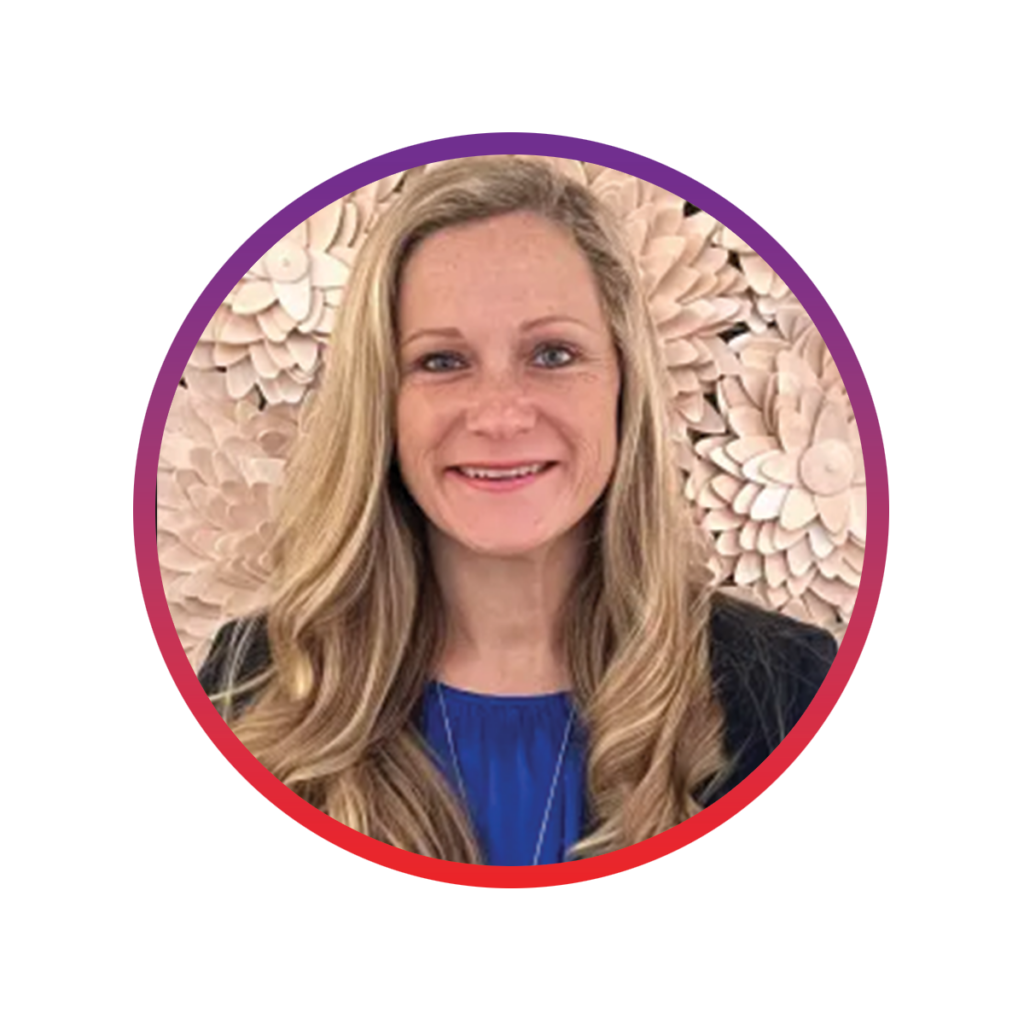Welcoming and supporting new teachers to the field of education can be an exciting time. However, it can also be an overwhelming time. This can be offset with a plan for intentional support to ensure support and success through mentoring. The creation of effective mentoring programs for the support of new teachers can assist. This requires a strategic, formal, and well-structured approach that addresses diverse needs and celebrates strengths in teaching and learning. Steps to creating and supporting an effective program include the inclusion of three opportunities: Leading, Leaning, and Learning.
Leading
Leading a mentoring program needs to begin with clearly defined program goals and objectives. This includes the program’s purpose and objectives. For example, is the focus on classroom management, helping to adapt to new learning cultures, improving instructional skills or meeting a compliance requirement? Ensuring the program goals are aligned to the needs of new staff and the broader educational institution is critical.
Instructional leaders need to be mindful of the identification and selection of experienced educators to serve as mentors. Selecting skilled and dedicated educators to serve as mentors and models of the profession will help ensure success. These educators need to have a strong record of successful management, relationship building, and effective teaching strategies. Serving as a mentor is a great first step to building internal future instructional leaders.
Once identified, the mentors will require training on materials, resources and expectations of their role. The training should cover such topics as effective communication, active listening, providing constructive feedback, and a variety of coaching techniques. Pairing mentors and mentees should be carefully considered. Matching styles based on grade levels, subject areas, physical proximity, and personalities may assist in a successful and compatible relationship. Once paired, it is critical to share the expectations between the mentor and mentee. Developing and communicating a clear timeline for participation in the program should include such information as the orientation period, expectations for regular meetings, observations, and milestones related to established goals to be achieved throughout the mentoring process.
Leaning
Instructional leaders need to continuously reinforce and model the importance of leaning on one another in the world of education. Encouraging regularly scheduled meetings and open communication. The meetings can take on a variety of formats but should be in a space that is considered to be a safe and confidential environment where questions can be asked, advice sought, and experiences shared.
Mentors and mentees can benefit from incorporating classroom observation and feedback sessions into the process. Mentors should be able to spend time observing their mentees’ instructional practices and management techniques with the intent to provide feedback. The focus of these observation and feedback meetings should focus on areas of strength and opportunities for advancing the instructional process. Including small celebrations of success is also a great way to provide positive reinforcement. Being certain to recognize and celebrate the achievements and growth of new teachers throughout their mentorship journey can help boost morale and overall motivation for their careers.
Learning
Instructional leaders should be mindful that the mentorship program needs to remain focused on learning. Learning how to access and share resources, lesson plans, and instructional strategies is paramount. These practices can support an increased efficiency across all aspects of the learning environment. Encouraging participation in professional development opportunities that align to identified goals may include workshops, conferences, or participation in online courses.
Instructional leaders may also want to include opportunities for mentors and mentees to work on problem-solving and goal setting. Encouraging them to collaborate together on teaching-related challenges may help with innovation outcomes. The use of focused teaching goals and action plans will also help with determining areas of growth and opportunities for improvement.
Lastly, just as in leading, leaning, and learning within the mentoring program, it is important to remember that after every cycle of the program you revisit and reflect on the strengths, any weaknesses, and outcomes. Be certain to regularly assess the program’s impact on the professional development inclusive of retention rates. The use of the data should help drive program improvements. Sustainability and continuity of the program also need to be considered if you work to be flexible and adaptable to the evolving needs and challenges of welcoming new staff into the world of education.
About the Author

Dr. Bridget Chaves holds a Doctoral Degree in Leadership and Innovation as well as a Master of Education in School Leadership and Instruction. With a background in educational leadership roles, Dr. Chaves is currently the interim superintendent of Mildford School District and the Director of Student Learning.







